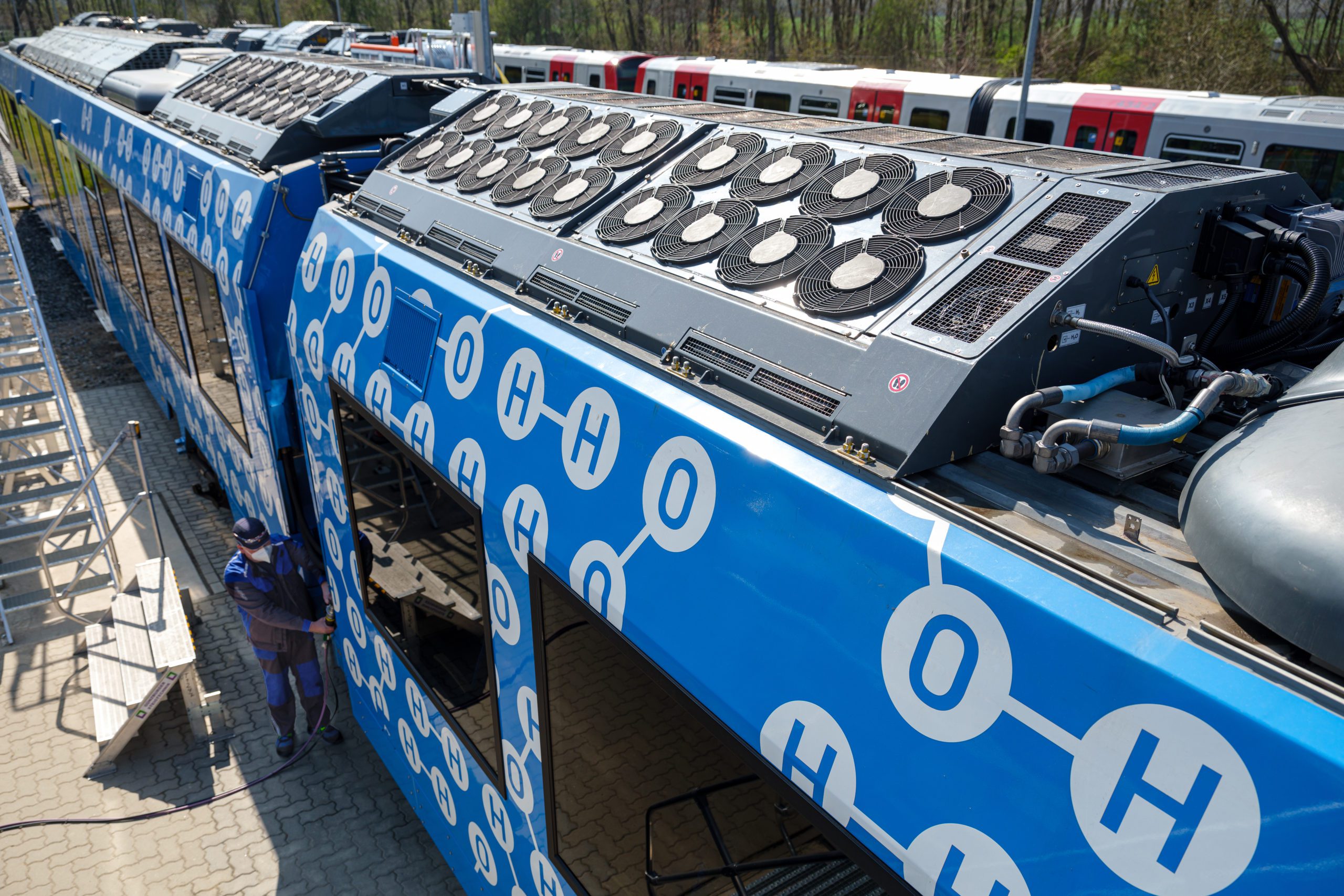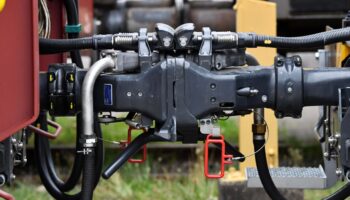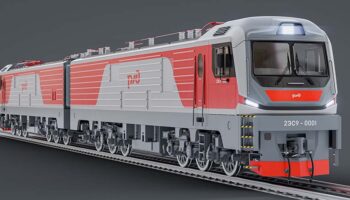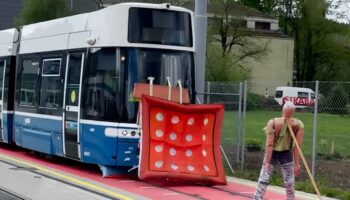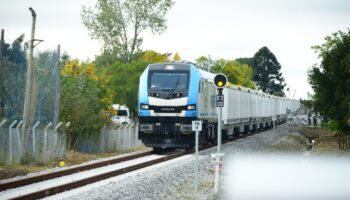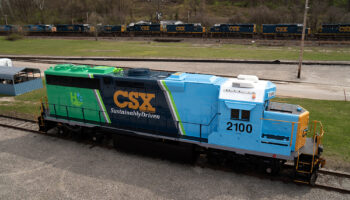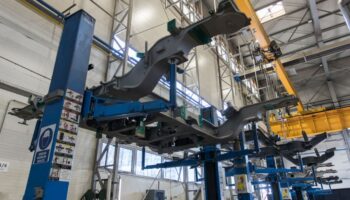France: The manufacturer named such a project as part of the signing of an agreement with ENGIE. Also, Alstom’s CEO Henri Poupart-Lafarge announced the negotiations of hydrogen trains deliveries to Spain.
Under the terms of a recently signed agreement between Alstom and the ENGIE energy company, the manufacturer will develop locomotives with the high-power hydrogen fuel cell traction. In turn, ENGIE will establish a hydrogen supply chain for it, as well as deploy refueling infrastructure. The project will focus on the creation and operation of rolling stock for freight traffic.
Also in early April, at the Wake Up Spain forum, Henri Poupart-Lafarge expressed his hope that Spain could become one of the first countries in the world to operate hydrogen-powered trains. According to him, the company is already working on the introduction of such rolling stock in the country. Last May, Alstom President in Spain and Portugal Leopoldo Maestu reported that the company had proposed to the country’s government a project for the introduction of hydrogen trains, which should be financed from European funds. He noted that in case of successful completion of negotiations, the train should be tested within 6 months, after which it takes 24 to 30 months to put it into commercial operation.
Alstom is currently represented in the hydrogen traction segment on a larger scale than all global manufacturers. The first two Coradia iLint hydrogen fuel cell trains entered service in Germany in September 2018. Currently, the producer’s hydrogen backlog includes a contract for the supply of 40 Coradia iLint trains for various regions of Germany, 14 trains for FNM in Italy, and 12 4-car trains for French regions (with an option for 2 more trains). Successful trials of Coradia iLint have been carried out in Austria, the Netherlands, Poland and Sweden.
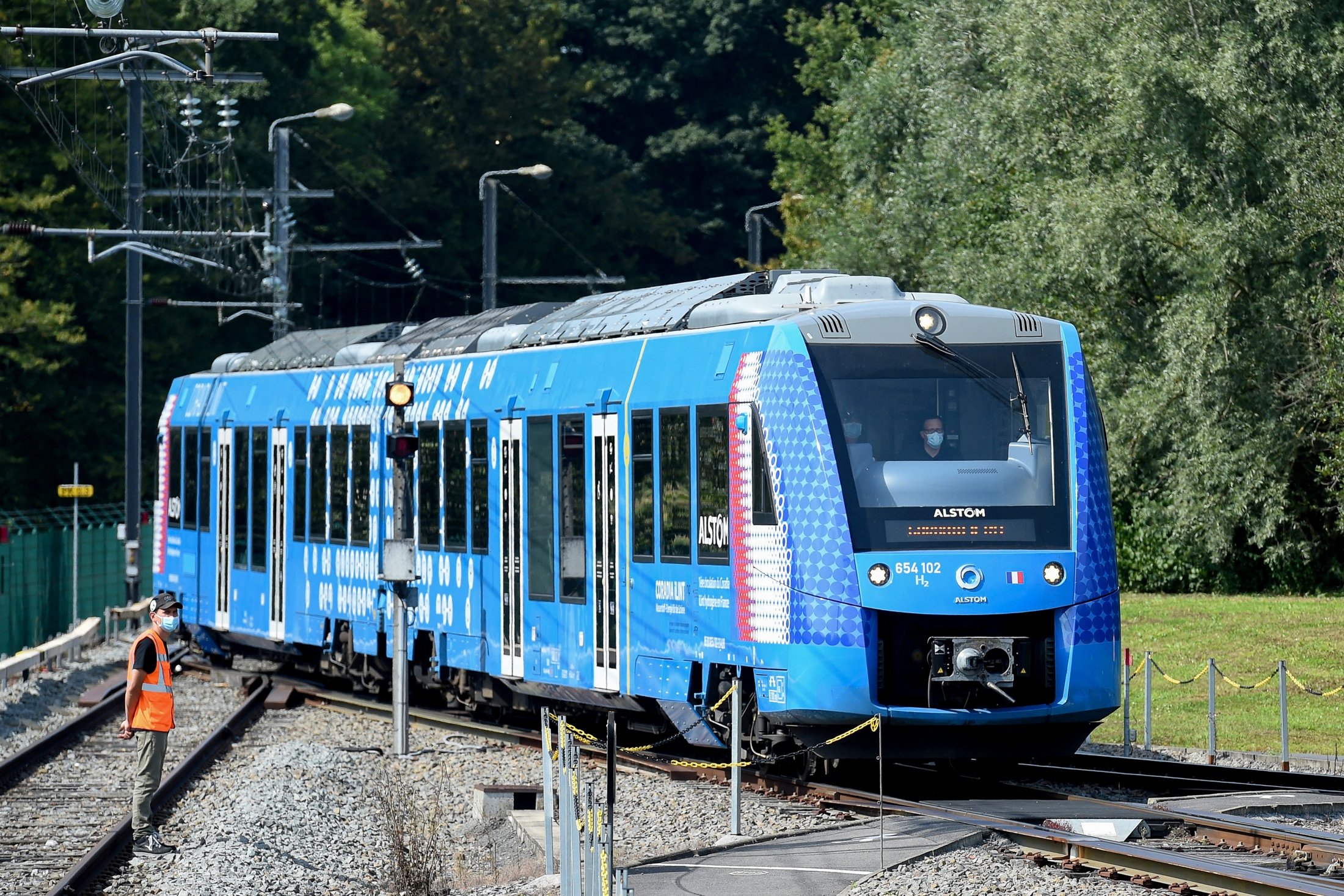 Alstom Coradia iLint train powered by hydrogen fuel cells. Source: Christoph Busse, Alstom
Alstom Coradia iLint train powered by hydrogen fuel cells. Source: Christoph Busse, Alstom
The trains are equipped with hydrogen fuel cell systems with a capacity of 200 kW, which are supplied by Hydrogenics (part of Cummins). In early March, Cummins announced the launch of a plant in Herten, Germany, which, in particular, will produce fuel cells for Coradia iLint. Previously, Cummins stated that they plan to make 1 MW of fuel cells for Coradia iLint per month. On the other hand, Alstom also invested €6 mln to build own hydrogen fuel cell manufacturing facility at its Aix-en-Provence site. At the same time, the supplier of fuel cells for the locomotives has not yet been named.
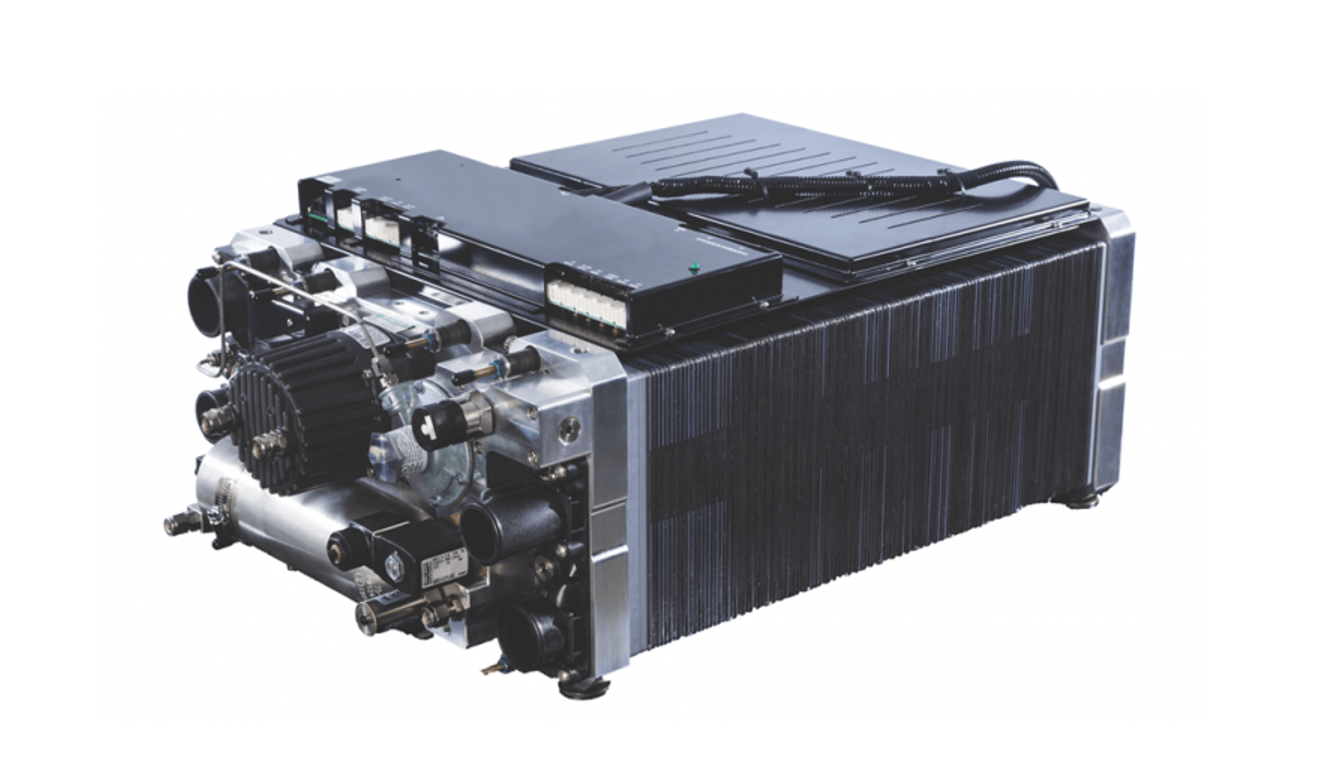 Cummins hydrogen fuel cell system used in Coradia iLint trains. Source: Cummins
Cummins hydrogen fuel cell system used in Coradia iLint trains. Source: Cummins
Currently prototypes of hydrogen-powered locomotives have been presented by three manufacturers. At the beginning of 2021, CRRC showed a shunting model, which was sent for test operation in October. According to the producer, a power of 700 kW is declared, and traction is provided by hydrogen fuel cells and batteries. In turn, in September last year, Pesa presented its hydrogen-powered shunting locomotive, too. The claimed power is 720 kW, and traction is also provided by hydrogen fuel cells and batteries.
In Spain a hydrogen locomotive was developed by Talgo: the company has upgraded the Travca electric vehicle for hybrid propulsion (hydrogen + catenary). In March 2022, its static tests were planned (however, there is no data confirming this in open sources). Starting from the summer, the rolling stock should undergo dynamic tests.
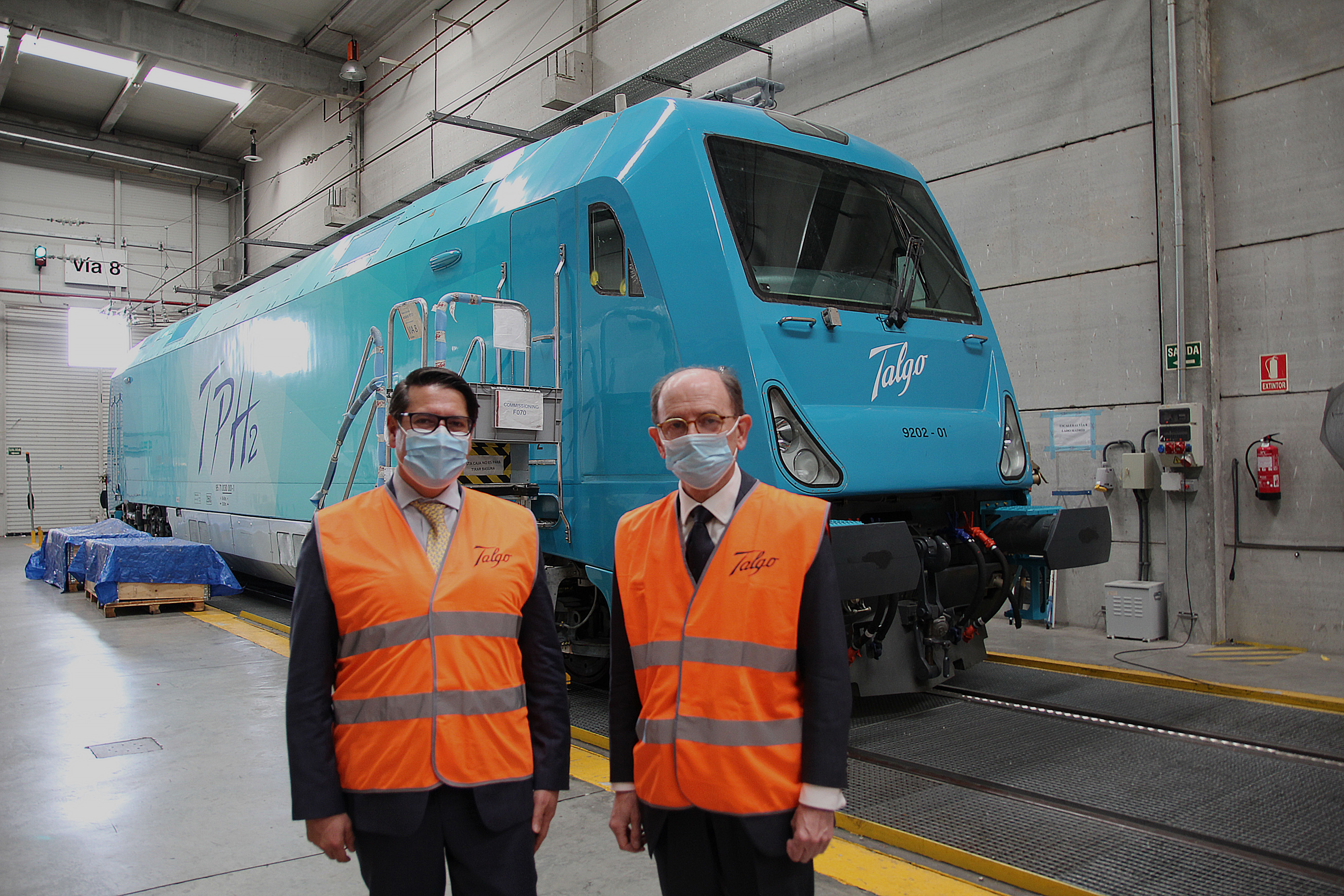 EIB Vice President Ricardo Mourinho Félix (left) and Talgo President Carlos Palacio (right) in front of the TPH2 hydrogen locomotive. Source: Talgo
EIB Vice President Ricardo Mourinho Félix (left) and Talgo President Carlos Palacio (right) in front of the TPH2 hydrogen locomotive. Source: Talgo
Talgo and another Spanish player – Construcciones y Auxiliar de Ferrocarriles (CAF) – will try to compete with the Coradia iLint train as well. So, in 2020, Talgo announced work on the development of Vittal-One hydrogen trains for suburban and regional transportation based on the EMUs series of the same name. The company has said it plans to introduce such trains in 2023. Earlier this year, Talgo received a €35 mln EUR loan from EIB. It will be used to develop key components and systems for low-carbon rolling stock in Spain.
In turn, CAF is engaged in a project to modernise the Civia 463 three-car train for hybrid traction (hydrogen + catenary). This year, Toyota has delivered 6 fuel cells to the project. The Japanese manufacturer, together with CAF, Renfe, Adif and other companies, is part of the FCH2Rail consortium, which is implementing a hybrid traction project for regional trains.



